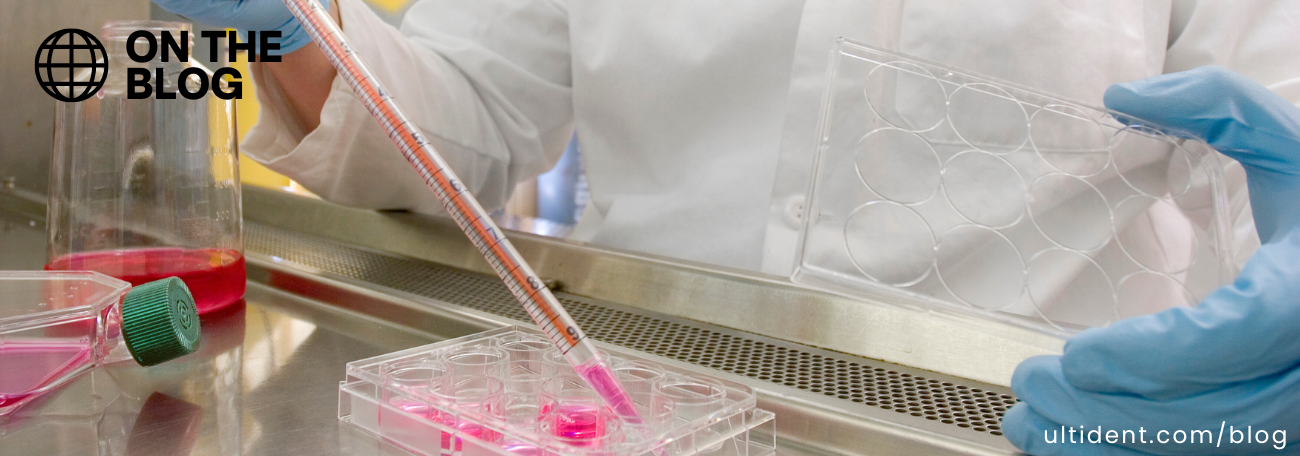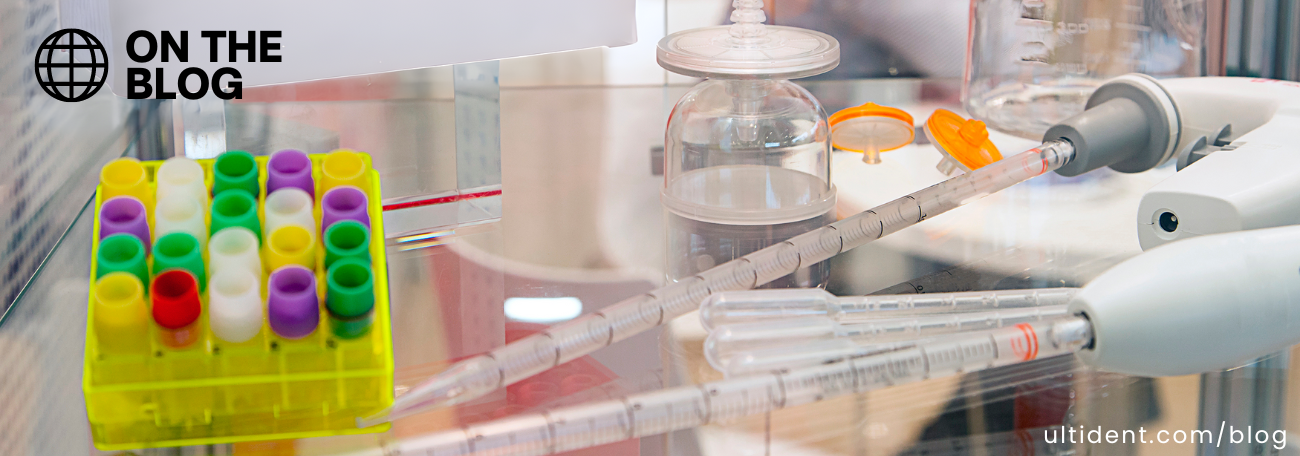What to Consider when Choosing a Centrifuge Tube


What to Consider when Choosing a Centrifuge Tube
Centrifuge tubes are used in labs worldwide for research and clinical purposes. Although all 15 & 50 mL tubes may look similar, choosing the right tube for your protocol is crucial when handling valuable samples.
Here are a few things to consider when choosing the right tube for your lab:
Volume
Generally, a centrifuge tube should be filled to at least 75% of its capacity to be centrifuged. Tubes centrifuged with too much dead space can lead to material stress, resulting in tube failure. The most common tubes sold are 15- & 50-mL conical tubes. Recently, 5-, 10- & 25-mL tubes that fit into traditional 15- & 50-ml tube rotors have come onto the market. Despite the fact that these options might more closely match actual sample volumes of certain labs, they are not as popular as traditional 15- & 50-mL models. In some cases, adaptors can be used to allow certain smaller diameter tubes to fit into a larger diameter rotor cell.
Relative Centrifugal Force (RCF)
Tube volume is only one consideration; Technical specifications are another. Centrifuge tubes are not all created equally. Factors such as g-force tolerance, wall thickness and packaging vary widely. The force tubes can withstand is calculated in RCF (or G-force) and is measured in x g (times gravity). The actual RCF of a specific tube varies depending on the centrifuge you use (fixed angle vs. swinging bucket rotor) and the size of the rotor. Looking at the x g rating of specific tubes can help you gage the quality of the tube (higher x g = higher quality). Using a low-quality tube can lead to softening, swelling, stress-cracks or worse.
Sterility
When shopping for sterile tubes, the most important thing to consider is how the tubes were sterilized.
Ethylene oxide (EtO) or gas sterilization was extremely common years ago but is now much less prevalent. Exposure to EtO gas is also potentially harmful and can compromise the integrity of your sample if there is any chemical residue left from the sterilization process.
When it comes to centrifuge tubes, gamma sterilization is the gold standard. It is the most successful at eradicating DNA and ensures that no chemical residue might be present on your labware.
Purity
Purchasing tubes that are certified RNase, DNase, and pyrogen free further ensure that the tubes are safe to use in microbiology applications. Tube purification methods and certifications vary between vendors, so It is important to double check the data sheet before using the tube. (For information about sterility or purity certifications on any of the products we carry, you can always contact us at sales@ultident.com)
Cap Type
Some screw caps come with secure locks which prevent accidental openings during “high spin” centrifugation or easy pierce caps which have a thin membrane allowing for easy sample access by needle.
Screw caps can be sold separately from tubes to allow for more customization so be sure to buy the right cap or ensure the tube you are buying includes the cap itself. Be sure that both the tube and the cap are autoclavable if the end user plans to autoclave both.
Temperature Resistance
Different brands offer different temperature resistance on their tubes. Tubes that can handle extreme temperatures (Autoclavable to 121°C and freezable to -80°C) are generally higher quality than tubes that cannot. Since many labs buy one tube to be used for many applications it’s best to buy tubes that can handle the most extreme conditions.
Packaging
Centrifuge tubes come in either bulk or racked packaging. Bulk tubes come in a plastic bag and we recommend choosing tubes that come in resealable bags in order to keep your tubes clean. If you are buying racked tubes, recyclable paper racks offer organization and cleanliness while also reducing your lab’s waste.
Light Sensitivity
Relatively new to the world of centrifuge tubes and still uncommon are black centrifuge tubes, manufactured to be completely opaque. These black tubes are designed for applications involving light sensitive samples, such as staining samples for analysis. If no black tubes are available, aluminum foil is often used to protect light-sensitive samples.
How do PROGENE® 15 mL & 50 mL Centrifuge Tubes, Sterile measure up to the competition?
✓ Relative Centrifugal Force: At Ultident Scientific, our tubes are engineered to be leakproof and are rated for the g-force requirements of life sciences and clinical labs alike. Our 15 & 50 mL tubes have a max centrifugation speed of 12,000 x g and our 50 mL self-standing (skirted) tubes have a max centrifugation speed of 6,000 x g.
✓ Sterility + Purity: PROGENE® centrifuge tubes are gamma sterilized and certified RNase, DNase, and pyrogen-free. This level of purity makes them an obvious choice for research and clinical labs alike. PROgene® centrifuge tubes are manufactured to the highest standards and can be used with confidence.
✓ Temperature Resistance: PROGENE® centrifuge tubes will withstand temperatures from -80°C to 121°C. When freezing, please do not fill our tubes beyond 90% of their listed capacity and ensure that the threads and screw caps are completely dry before closing.
✓ Packaging: PROGENE® centrifuge tubes are available in bulk, paper racked or polypropylene racked formats. All are packaged in heavy-gauge, resealable bags. If you want the convenience of racked tubes, recyclable paper racks or reusable polypropylene racks are great options. Regardless of your application, PROGENE® centrifuge tubes are up to the task.
With very few exceptions, our PROGENE 15 mL & 50 mL Centrifuge tubes, Sterile fulfill the purity, quality, RCF and packaging requirements of every lab. Click here to browse our centrifuge tubes or contact us today at sales@ultident.com





